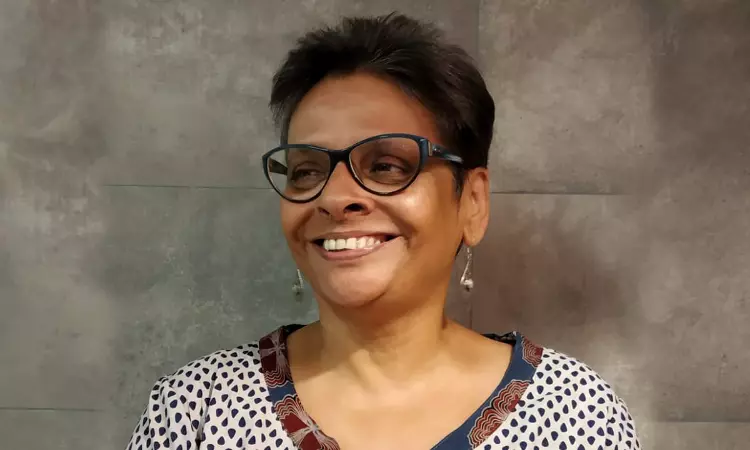'Supreme Court Opened Doors Of Accessibility For Persons With Disabilities' : Prof Amita Dhanda | Interview
Udit Singh
1 Dec 2024 10:00 AM IST

Next Story
1 Dec 2024 10:00 AM IST
In a significant ruling [Rajive Raturi v. Union of India 2024 LiveLaw (SC) 875] boosting disability rights, the Supreme Court on 8th November directed the Central Government to frame mandatory rules as required under Section 40 of the Rights of Persons with Disabilities Act, 2016 (RPDA) for ensuring that public places and services accessible to persons with disabilities. The Court further...
